Photoelectrochemical Watersplitting
The photoelectrochemical (PEC) solar energy conversion by water splitting reaction features the huge potential for sustainable hydrogen-based energy economy in terms of high saline H2O abundance on earth. The water splitting reaction is initiated by solar energy to generate electron-hole pairs in the semiconductor, followed by anodic water oxidation half-reaction (OER) and cathodic H+ reduction half-reaction (HER). Since the free energy change for the generation of 0.5 O2 and H2 from one water molecule corresponds to DE0 = 1.23 eV and the existence of an overpotential due to charge carrier issues (e.g., recombination of excitons), the semiconductor requires the absorption of radiant light with photon energies of DE > 1.23 eV.
The photoelectrochemical characterization of semiconductor materials, accessible by single-source precursors, is part of the research of the working group of Prof. Mathur. Due to the catalytic activity effects of the material by the selected precursors as well as the material synthesis method (spin coating, CVD, PECVD, spry pyrolysis), the systematic evolution of high effective PEC materials for green energy is accomplished.
Contact Person
-

Prof. Dr. Sanjay Mathur 430 322b
- Phone
- +49 221 470-4107
-
sanjay.mathur
uni-koeln.de
-

Dr. Thomas Fischer 421 322b
- Phone
- +49 221 470-3292
-
t.fischer
uni-koeln.de
